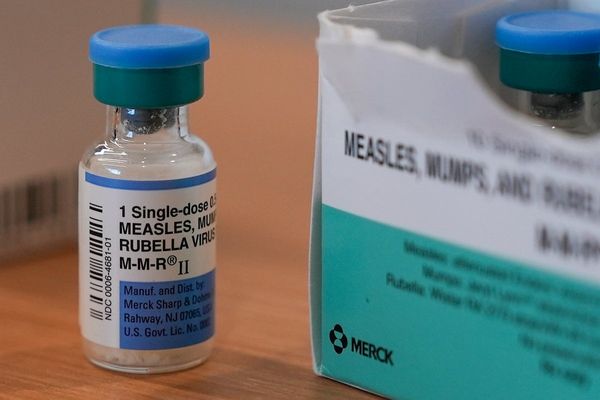
Today, technology and the environment is a major focus area of many countries. In order to achieve carbon neutrality goals and respond to the global transition to “Green Economy and Society”, governments around the world have begun implementing new policies and harnessing innovative technologies to help upgrade existing structures and systems, including in the field of transport and logistics.
At present, China's sea freight system is highly efficient and advanced in many areas. It is particularly noteworthy that China is one of the first few countries to integrate highly advanced technologies into their logistics. During 2021, China’s business sector for logistics was able to maintain a steady post-covid recovery and the overall sea freight system is now expanding rapidly.
Tianjin port is one of China's most important sea freight systems with a high density of incoming and outgoing goods. Today, the port has become one of the most advanced ports in China thanks to the collaboration of Tianjin Port (Group) Co., Ltd. (TPG) together with Huawei and its partners in building an environmentally friendly smart port.
From the port's visitor platform at the container terminal at Section C of Tianjin Port, you can see container cranes operating automatically and unmanned electric container trucks routinely coming and going. At the port itself, remotely controlled quay cranes stably pick up containers from cargo ships before loading them onto unmanned electric container trucks. Under the guidance of the BeiDou navigation satellite system, the container trucks then go to automatic container locking/unlocking stations, following optimal driving routes calculated in real time, and then finish their journey to the container yard. The entire process is smoothly and efficiently completed in one go.

One of the key innovative applications in achieving this is Huawei's self-developed, AI-based intelligent horizontal transportation system, which has achieved a series of "world firsts": the world’s first large-scale commercial use of 4L autonomous driving in a commercial port, the world's first "5G technology and BeiDou satellite navigation system" integration, and the world's first self-sufficient clean energy and zero carbon emissions port. These achievements serve as a model and will provide a blueprint for other parts of the world to build intelligent and low-carbon ports.
The intelligent and digital transformation of the port has led to several tangible benefits. Previously, transporting containers to container yards within ports required a large number of container trucks. Using human drivers for these operations is very costly. Tianjin Port, for example, currently has 76 container trucks, with each container truck requiring three drivers working in three shifts every day in order to ensure 24/7 operations. This means that a total of 210 drivers are required in total. In addition, it is exhausting for truck drivers to drive on these fixed routes every shift, posing a considerable safety hazard over time. With this new system, each container now consumes 20% less energy and cranes are 20% more efficient on average, with each crane operating 39 container units per hour. The application of new technologies can greatly increase the efficiency of the staff's work. One operator can now control more than one piece of equipment, with the key factor being that it can help to reduce risks in the workplace and accidents that could be fatal to operators.
Currently, Tianjin port is one of China's most technologically advanced ports and a vital hub for the One Belt One Road initiative. It has a 300,000-ton-class wharf with a channel depth of -22 meters. It has 192 berths of various types and 128 berths above the 10,000-ton-class. By the end of 2021, the port’s cargo throughput reached 435 million tons, ranking ninth in the world, while the container throughput exceeded 18.35 million TEUs, ranking eighth in the world.
For more information on Tianjin smart port and its autonomous driving technologies and systems, please access the video overview available here.




![Nevada Math Prof Alleges Discipline for "Voic[ing] Concerns About … the Math Department … Lower[ing] Its Curriculum Standards"](https://images.inkl.com/s3/publisher/cover/212/reason-cover.png?w=600)


